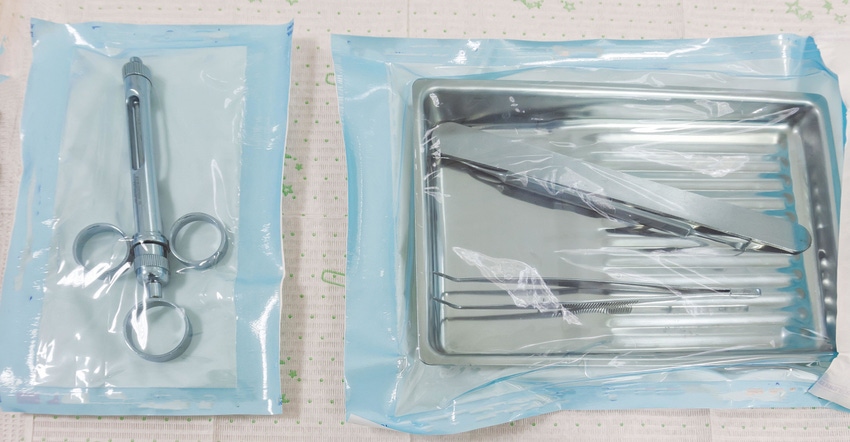Clear, comprehensive labeling and instructions for use (IFUs) aid in cleaning, disinfecting, and sterilizing reusable medical instruments.

Healthcare professionals and technicians rely on instructions for use (IFU) to ensure that medical devices are used, cleaned, and processed as intended. Typically, these devices include reusable surgical instruments, endoscopic procedural equipment, and bedside equipment, such as heart monitoring equipment and intravenous pumps.
Ambiguous or incomplete IFUs could result in devices being used improperly, thereby endangering patient safety and placing manufacturers at risk for liability.
According to Delores O-Connell, LPN, senior clinical education specialist for Steris, a medical equipment company specializing in sterilization and surgical products for the US healthcare system, one of the biggest challenges device reprocessing professionals face is older IFUs that contain parameters for obsolete modalities or cycles that do not meet industry standards.
“If a biological indicator or a chemical indicator cannot be secured to ensure appropriate parameters are met, the technician does not have a way to monitor the sterilization load,” she says.
To address this issue some device manufacturers provide a letter that contains more detailed information to allow the technician to meet the parameters. However, according to O-Connell, this is not always an easy solution because the letter cannot contain information that was not included in the original 510(k) submission to the Food and Drug Administration (FDA) when the device was validated and approved for use.
FDA guidance and package design lend support.
Fortunately, many reusable medical devices have specific guidance documents that list requirements for IFUs.
O-Connell recommends following FDA’s guidance “Labeling: Regulatory Requirements for Medical Devices.” This document is further augmented by FDA’s guidance “Reprocessing Medical Devices in Health Care Settings: Validation Methods and Labeling.” The latter lists six criteria for reprocessing instructions:
1. An indication of the intended use of the device.
2. A requirement to thoroughly clean the device.
3. A statement of the appropriate way to kill microbes on the device.
4. Technically feasible reprocessing instructions that only rely on legally marketed devices and accessories.
5. Comprehensive reprocessing instructions.
6. Understandable reprocessing instructions.
O-Connell explains that “comprehensive” reprocessing steps means that the IFU should arrive with complete reprocessing steps from the moment the procedure is finished and point of use treatment is applied, to decontamination and cleaning, inspection, preparation, sterilization or high-level disinfection, and subsequent storage.
“The instructions should allow staff to reproducibly complete the process, resulting in a clean and disinfected or sterilized device ready for patient use,” she says.
Package design can also assist in meeting the need for properly reprocessed devices.
“Single-use or sterile-item packaging should consider where the item will be stored and how it will be transported to the procedure,” says O-Connell. “Particulate fibers and external contamination is a concern. Packaging should consider how the external shipment box and storage box will allow transfer and storage without fibers and contamination.”
Additionally, technicians and healthcare workers welcome lint- and fiber-free packaging that allows easy storage on shelves and promotes first-in, first-out (FIFO) inventory management.
“Pouched, sterile items are awkward to store,” O-Connell says. “The ability to place these items within standard-sized baskets in an orderly manner helps protect them.”
About the Author(s)
You May Also Like




